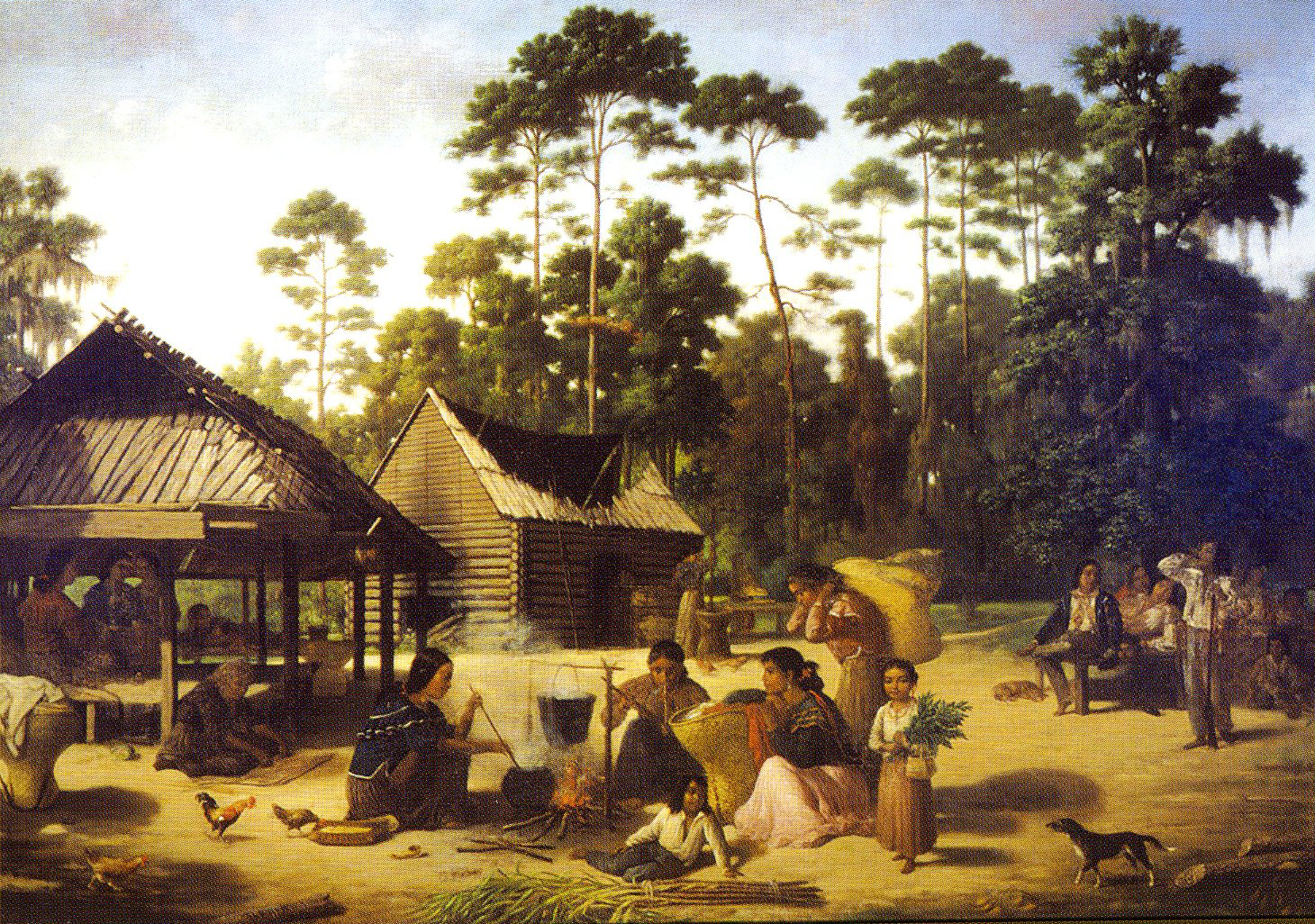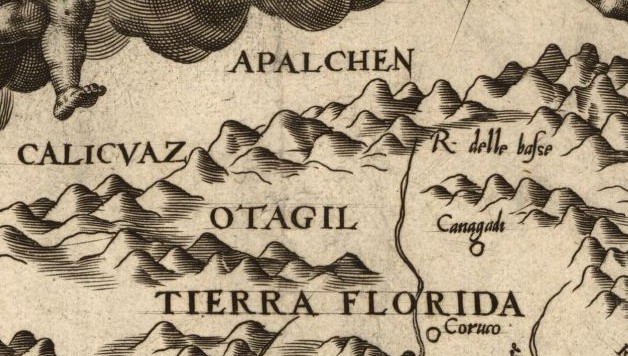|
Solidago Curtisii
''Solidago curtisii'', commonly called Curtis' goldenrod and mountain decumbent goldenrod, is a North American species of flowering plants in the family Asteraceae. It is the eastern part of the United States from Pennsylvania to Mississippi and Alabama, primarily in the southern Appalachian Mountains. ''Solidago curtisii'' is a perennial herb sometimes as much as 100 cm (40 inches) tall, with a thick, woody underground caudex A caudex (plural: caudices) of a plant is a stem, but the term is also used to mean a rootstock and particularly a basal stem structure from which new growth arises.pages 456 and 695 In the strict sense of the term, meaning a stem, "caudex" is m .... Stem is narrow, wiry, and dark purple. One plant can produce up to 800 small yellow flower heads in small clumps in the axils of the leaves. Galls This species is host to the fillowing insect induced gall: * '' Asteromyia carbonifera'' (Osten Sacken, 1862)external link to gallformers ;Varieties ... [...More Info...] [...Related Items...] OR: [Wikipedia] [Google] [Baidu] |
Torr
The torr (symbol: Torr) is a unit of pressure based on an absolute scale, defined as exactly of a standard atmosphere (). Thus one torr is exactly (≈ ). Historically, one torr was intended to be the same as one "millimeter of mercury", but subsequent redefinitions of the two units made them slightly different (by less than ). The torr is not part of the International System of Units (SI). It is often combined with the metric prefix milli to name one millitorr (mTorr) or 0.001 Torr. The unit was named after Evangelista Torricelli, an Italian physicist and mathematician who discovered the principle of the barometer in 1644. Nomenclature and common errors The unit name ''torr'' is written in lower case, while its symbol ("Torr") is always written with upper-case initial; including in combinations with prefixes and other unit symbols, as in "mTorr" (millitorr) or "Torr⋅L/s" (torr-litres per second). The symbol (uppercase) should be used with prefix symbols ( ... [...More Info...] [...Related Items...] OR: [Wikipedia] [Google] [Baidu] |
Flowering Plant
Flowering plants are plants that bear flowers and fruits, and form the clade Angiospermae (), commonly called angiosperms. They include all forbs (flowering plants without a woody stem), grasses and grass-like plants, a vast majority of broad-leaved trees, shrubs and vines, and most aquatic plants. The term "angiosperm" is derived from the Greek words ἀγγεῖον / ('container, vessel') and σπέρμα / ('seed'), meaning that the seeds are enclosed within a fruit. They are by far the most diverse group of land plants with 64 orders, 416 families, approximately 13,000 known genera and 300,000 known species. Angiosperms were formerly called Magnoliophyta (). Angiosperms are distinguished from the other seed-producing plants, the gymnosperms, by having flowers, xylem consisting of vessel elements instead of tracheids, endosperm within their seeds, and fruits that completely envelop the seeds. The ancestors of flowering plants diverged from the common ance ... [...More Info...] [...Related Items...] OR: [Wikipedia] [Google] [Baidu] |
Asteraceae
The family Asteraceae, alternatively Compositae, consists of over 32,000 known species of flowering plants in over 1,900 genera within the order Asterales. Commonly referred to as the aster, daisy, composite, or sunflower family, Compositae were first described in the year 1740. The number of species in Asteraceae is rivaled only by the Orchidaceae, and which is the larger family is unclear as the quantity of extant species in each family is unknown. Most species of Asteraceae are annual, biennial, or perennial herbaceous plants, but there are also shrubs, vines, and trees. The family has a widespread distribution, from subpolar to tropical regions in a wide variety of habitats. Most occur in hot desert and cold or hot semi-desert climates, and they are found on every continent but Antarctica. The primary common characteristic is the existence of sometimes hundreds of tiny individual florets which are held together by protective involucres in flower heads, or more t ... [...More Info...] [...Related Items...] OR: [Wikipedia] [Google] [Baidu] |
Pennsylvania
Pennsylvania (; (Pennsylvania Dutch: )), officially the Commonwealth of Pennsylvania, is a state spanning the Mid-Atlantic, Northeastern, Appalachian, and Great Lakes regions of the United States. It borders Delaware to its southeast, Maryland to its south, West Virginia to its southwest, Ohio to its west, Lake Erie and the Canadian province of Ontario to its northwest, New York to its north, and the Delaware River and New Jersey to its east. Pennsylvania is the List of U.S. states and territories by population, fifth-most populous state in the nation with over 13 million residents 2020 United States census, as of 2020. It is the List of U.S. states and territories by area, 33rd-largest state by area and ranks List of states and territories of the United States by population density, ninth among all states in population density. The southeastern Delaware Valley metropolitan area comprises and surrounds Philadelphia, the state's List of cities in Pennsylvania, largest ... [...More Info...] [...Related Items...] OR: [Wikipedia] [Google] [Baidu] |
Mississippi
Mississippi () is a state in the Southeastern region of the United States, bordered to the north by Tennessee; to the east by Alabama; to the south by the Gulf of Mexico; to the southwest by Louisiana; and to the northwest by Arkansas. Mississippi's western boundary is largely defined by the Mississippi River. Mississippi is the 32nd largest and 35th-most populous of the 50 U.S. states and has the lowest per-capita income in the United States. Jackson is both the state's capital and largest city. Greater Jackson is the state's most populous metropolitan area, with a population of 591,978 in 2020. On December 10, 1817, Mississippi became the 20th state admitted to the Union. By 1860, Mississippi was the nation's top cotton-producing state and slaves accounted for 55% of the state population. Mississippi declared its secession from the Union on January 9, 1861, and was one of the seven original Confederate States, which constituted the largest slaveholding states in the ... [...More Info...] [...Related Items...] OR: [Wikipedia] [Google] [Baidu] |
Alabama
(We dare defend our rights) , anthem = " Alabama" , image_map = Alabama in United States.svg , seat = Montgomery , LargestCity = Huntsville , LargestCounty = Baldwin County , LargestMetro = Greater Birmingham , area_total_km2 = 135,765 , area_total_sq_mi = 52,419 , area_land_km2 = 131,426 , area_land_sq_mi = 50,744 , area_water_km2 = 4,338 , area_water_sq_mi = 1,675 , area_water_percent = 3.2 , area_rank = 30th , length_km = 531 , length_mi = 330 , width_km = 305 , width_mi = 190 , Latitude = 30°11' N to 35° N , Longitude = 84°53' W to 88°28' W , elevation_m = 150 , elevation_ft = 500 , elevation_max_m = 735.5 , elevation_max_ft = 2,413 , elevation_max_point = Mount Cheaha , elevation_min_m = 0 , elevation_min_ft = 0 , elevation_min_point = Gulf of Mexico , OfficialLang = English , Languages = * English 95.1% * Spanish 3.1% , population_demonyms = Alabamian (We dare defend our rights) , anthem = "Alabama (state song), Alabama" , i ... [...More Info...] [...Related Items...] OR: [Wikipedia] [Google] [Baidu] |
Appalachian Mountains
The Appalachian Mountains, often called the Appalachians, (french: Appalaches), are a system of mountains in eastern to northeastern North America. The Appalachians first formed roughly 480 million years ago during the Ordovician Period. They once reached elevations similar to those of the Alps and the Rocky Mountains before experiencing natural erosion. The Appalachian chain is a barrier to east–west travel, as it forms a series of Ridge-and-Valley Appalachians, alternating ridgelines and valleys oriented in opposition to most highways and railroads running east–west. Definitions vary on the precise boundaries of the Appalachians. The United States Geological Survey (USGS) defines the ''Appalachian Highlands'' Physiographic regions of the world, physiographic division as consisting of 13 provinces: the Atlantic Coast Uplands, Eastern Newfoundland Atlantic, Maritime Acadian Highlands, Maritime Plain, Notre Dame and Mégantic Mountains, Western Newfoundland Mountains, Pied ... [...More Info...] [...Related Items...] OR: [Wikipedia] [Google] [Baidu] |
Caudex
A caudex (plural: caudices) of a plant is a Plant stem, stem, but the term is also used to mean a rootstock and particularly a basal stem structure from which new growth arises.pages 456 and 695 In the strict sense of the term, meaning a stem, "caudex" is most often used with plants that have a different stem Morphology (biology), morphology from the typical flowering plant, angiosperm dicotyledon stem: examples of this include Arecaceae, palms, ferns, and cycads. The related term caudiciform, literally meaning stem-like, is sometimes used to mean pachycaul, thick-stemmed. Etymology The term is from the Latin language, Latin ''caudex'', a noun meaning "tree trunk". See also * Stipe (botany), Stipe References External links Bihrmann's Caudiciforms''Extensive listing of caudiciforms, images for most species'' {{Webarchive, url=https://web.archive.org/web/20090319142333/http://waynesword.palomar.edu/ecoph30.htm#caudiciform , date=2009-03-19 ''Caudiciform Plants With ... [...More Info...] [...Related Items...] OR: [Wikipedia] [Google] [Baidu] |
Asteromyia Carbonifera
''Asteromyia carbonifera'' is a species of gall midges in the family Cecidomyiidae. It creates galls on ''Solidago'' plants. Females can lay up to 300 eggs at a time and often collect conidia of the fungus ''Botryosphaeria dothidea'', which is deposited on the plant alongside the eggs. The larvae grow within the gall that the fungus creates, a form of mutualism. Asteromyia_carbonifera_gall.jpg, Gall on goldenrod Solidago_altissima-Asteromyia_carbonifera-galls.jpg, Galls on Solidago altissima ''Solidago altissima'', the tall goldenrod or late goldenrod, is a North American species of goldenrod in the family Asteraceae which is widespread across much of Canada, the United States, and northern Mexico. It is common in much of its range ... References Further reading * * External links Cecidomyiinae Articles created by Qbugbot Insects described in 1862 {{Bibionomorpha-stub ... [...More Info...] [...Related Items...] OR: [Wikipedia] [Google] [Baidu] |
Solidago
''Solidago'', commonly called goldenrods, is a genus of about 100 to 120''Solidago''. Flora of China. species of s in the family . Most are herbaceous perennial species found in open areas such as meadows, prairies, and savannas. They are mostly native to , including Mexico; a few species are native to South America and Eurasia. [...More Info...] [...Related Items...] OR: [Wikipedia] [Google] [Baidu] |
Flora Of The Eastern United States
Flora (: floras or florae) is all the plant life present in a particular region or time, generally the naturally occurring ( indigenous) native plants. The corresponding term for animals is ''fauna'', and for fungi, it is '' funga''. Sometimes bacteria and fungi are also referred to as flora as in the terms ''gut flora'' or ''skin flora''. Etymology The word "flora" comes from the Latin name of Flora, the goddess of plants, flowers, and fertility in Roman mythology. The technical term "flora" is then derived from a metonymy of this goddess at the end of the sixteenth century. It was first used in poetry to denote the natural vegetation of an area, but soon also assumed the meaning of a work cataloguing such vegetation. Moreover, "Flora" was used to refer to the flowers of an artificial garden in the seventeenth century. The distinction between vegetation (the general appearance of a community) and flora (the taxonomic composition of a community) was first made by Jules Thurma ... [...More Info...] [...Related Items...] OR: [Wikipedia] [Google] [Baidu] |




